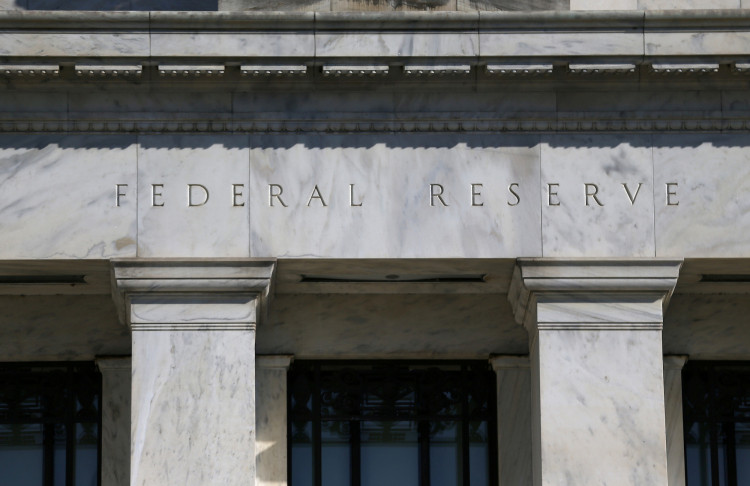The Federal Reserve is about to embark on a two-day interest rate meeting, with a 25 basis point hike anticipated by the market on Thursday. However, whether this will be the last increase hinges on the inflation trend moving forward.
Current market focus on inflation revolves around wage growth, and an essential wage indicator-the Employment Cost Index (ECI)-is set to be released this Friday, July 28th. The ECI, published quarterly, is one of the most closely watched wage measures by the Federal Reserve.
The market anticipates a slight decrease in the ECI quarter-on-quarter to 1.1% for Q2, but a year-on-year increase of 4.6% is still expected, following a 5% year-on-year increase in Q1 ECI. Analysts argue that Fed officials are unlikely to perceive this as congruent with their 2% inflation target.
On Monday, Wall Street Journal reporter Nick Timiraos, often referred to as the "new Fed news agency," suggested in an article that due to inflation uncertainties, it's challenging to predict the Fed's next move following a rate increase on Thursday.
Timiraos mentioned Q1 ECI data in his piece and suggested that Fed officials may consider an ideal annual wage growth rate of around 3.5%, assuming a productivity growth rate of 1%-1.5% per year, based on a 2%-2.5% inflation target.
He highlighted that strong wage growth is currently a significant concern for many economists, who fear that if an economic recession doesn't occur, a tight labor market could push core inflation higher next year.
Ed Yardeni, the founder and president of Yardeni Research, noted that while everyone seems bullish about the economy and U.S. stock prospects, a new round of wage-price spirals should be on the list of concerns.
Yardeni conveyed the notion that so far this year, both price and wage inflation have been slowing down, with the former slowing more than the latter. As a result, the growth rate of real wages aligns moderately with productivity growth improvements. The risk, he said, lies in a potential wave of labor strikes and new settlement contracts demanding higher pay, which could cause wage inflation to rebound and force companies to increase prices at a faster rate. This would trigger a new wage-price spiral.
Last year, the U.S. work stoppage rate rose by 52%, and recently, hotel staff and nurses in California, pilots from Florida's budget airline Spirit Airlines, as well as Hollywood actors and screenwriters have all gone on strike.
The ECI report encompasses a range of union and non-union employee compensation, with union wages lagging recently.
Yardeni expressed that union workers feel their wages are not only below inflation, but also lower than non-union workers.
The ECI offers a more comprehensive measure of wage inflation as it considers other compensation variables like benefits, which closely relate to the core CPI. He stated that the Federal Reserve views the ECI as one of the crucial indicators of wage inflation, which could fluctuate with price inflation.
Interestingly, as early as the end of April this year, Lawrence H. Summers, Harvard University's President Emeritus and former U.S. Treasury Secretary, stated that the ECI would be the most critical indicator of the health of the U.S. economy in the coming months.
During his keynote at the Morningstar Investment Conference in Chicago, Summers expressed that the ECI, a quarterly released data point that measures wage inflation and potential costs, is an excellent measure of potential inflation because it adjusts according to labor force composition.






